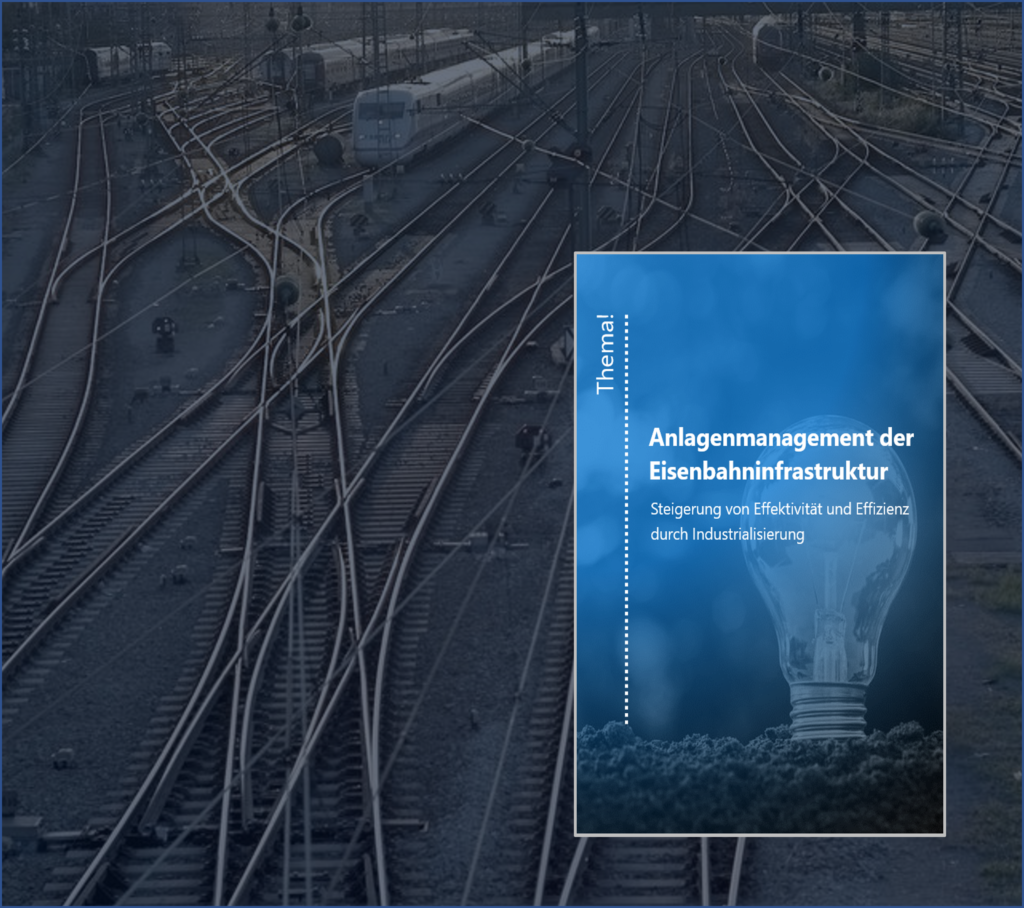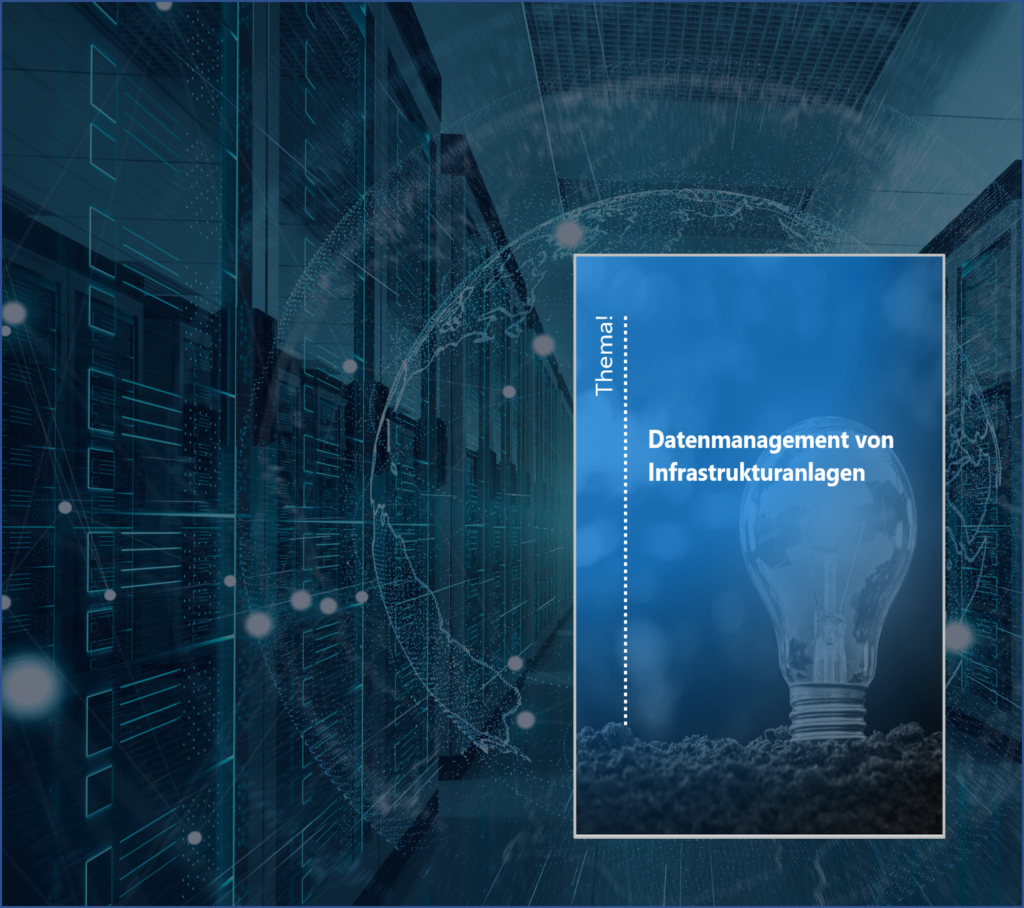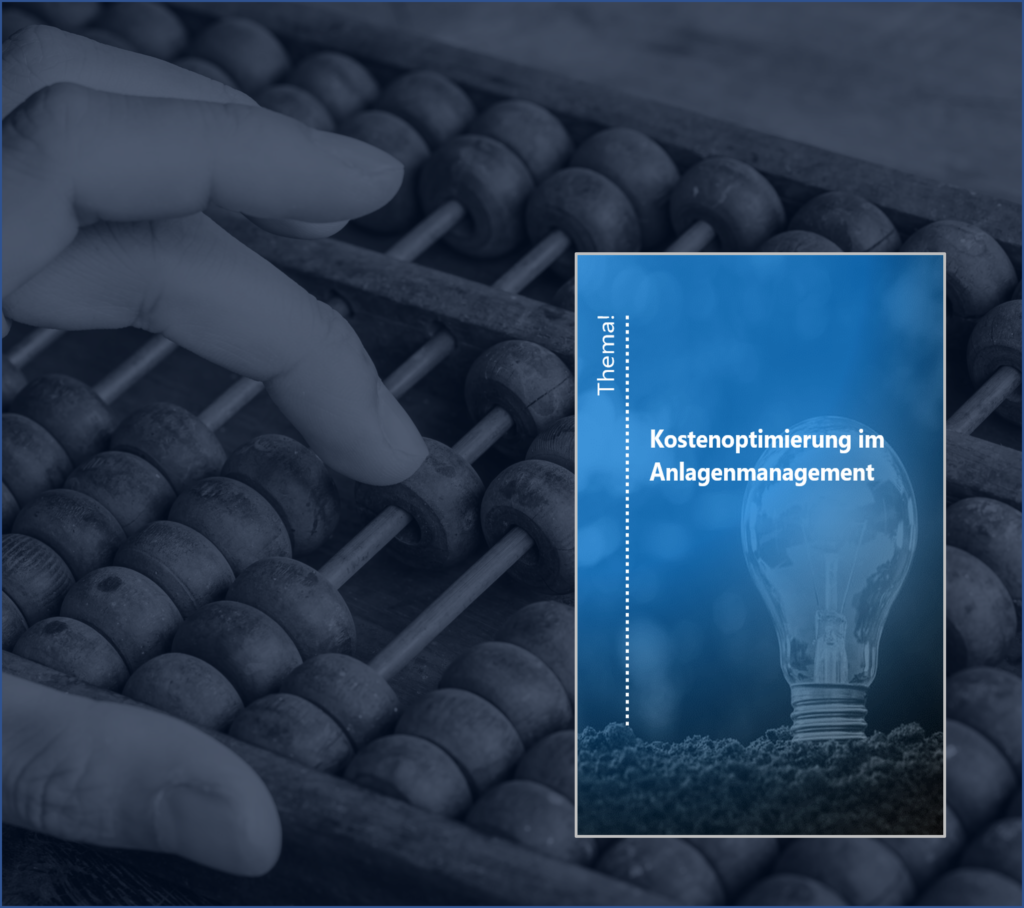Mobility. Shaping the future of transport.
Digitalization, changing customer behavior, intermodal transport, and emission reduction will significantly change mobility in the coming years. This presents providers of mobility solutions with a number of challenges in order to compete with alternative concepts. At the same time, the pressure for networking between systems is increasing in order to ensure a seamless transition for users and customers.
Our expertise. An excerpt from our services.
We have many years of experience in supporting mobility providers: from strategic issues to optimization at the operational level.
Digitalization. Seizing opportunities.
Digitalization opens up a range of new opportunities for railway companies to increase efficiency, availability, safety and service quality. However, the requirements are increasing equally: the data of networked systems must be managed, increased customer demands must be satisfied and IT-related risks must be limited. Successful railway companies need a holistic approach that incorporates the overall picture while pragmatically moving forward in small steps.
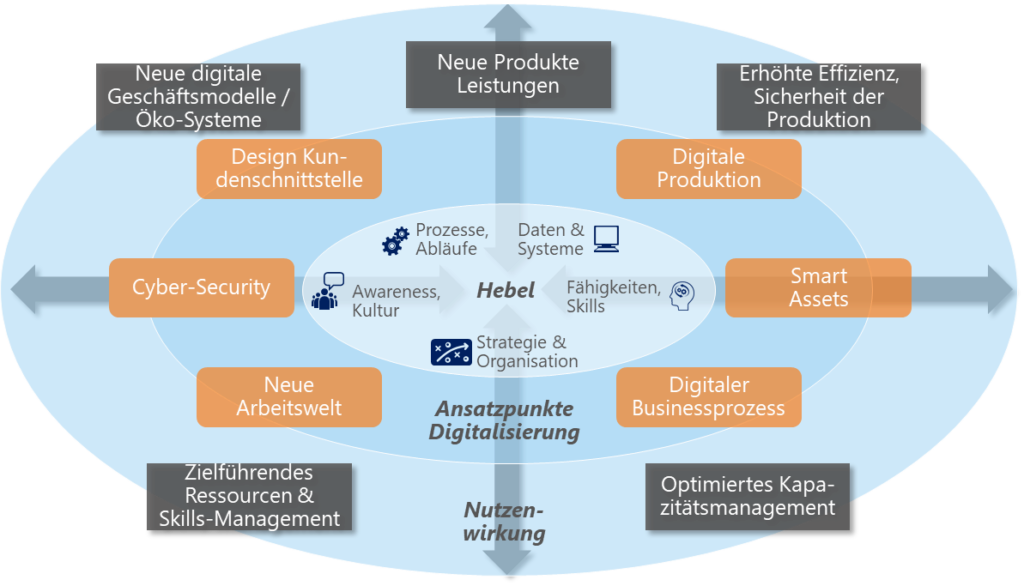
Selected digitalization topics in the mobility industry that we are currently discussing with our customers.
Technical monitoring is a central part of infrastructure management with a significant contribution to ensuring system availability and safety. Furthermore, it is a central information and data supplier for lifecycle management and the goal of cost optimization.
This is intended to address the increasing challenges faced by the management level of railway infrastructure and thus also technical monitoring. Increased network utilization with increased system availability or reduced budgets for monitoring and maintenance with simultaneously high safety requirements are central keywords. Against this background, digitalization appears as a central lever to increase both efficiency and effectiveness of technical monitoring. In this context, the approach of predictive maintenance is currently receiving a lot of attention, as it promises the solution for various challenges:
- Increase availability / minimize failures
- Reduce maintenance and lifecycle costs
- Extend system lifespan
- Increase (work) safety
However, experience shows that implementation is not trivial. Central is the continuous consideration of the value chain from the acquisition of data (condition, operating data and supplementary information) over their evaluation up to the derivation of maintenance measures. A condition forecast requires a high quality of condition data, which usually requires automated acquisition. Only then can reliable recommendations for maintenance measures be derived. Against this background, an initiative for predictive maintenance should always start at the beginning of the value chain and identify, evaluate and then implement attractive use cases based on a structured approach.
Based on this, an adjustment of the maintenance processes is usually necessary. All elements must be connected by a sufficient skill set. Only this interaction allows the full exploitation of the potential of Predictive Maintenance. It is also important to take a long-term view until the effects fully occur. Then, as our experience with infrastructure-driven companies also shows, these are significant.
Users of the SAP Business IT Suite are facing the challenge of the (forced) upgrade to S/4HANA – support for the old versions will expire in the coming years and the rather complex migration requires addressing the topic as early as today.
S/4HANA offers a range of opportunities, especially for asset-intensive companies. The new suite is geared towards computing power and networking, which meets the increasing amounts of data and processing volumes from the digitalization of, among other things, plant management. It offers the networked systems the technological backbone, which can bring structure and understanding into the data volumes by means of machine learning and AI. For this purpose, certain modules, e.g. in maintenance, building information modeling and process control, have been expanded with regard to computing power and functionalization and now allow extensive automation options.
In addition, it should be examined to what extent the new Business IT offers possibilities to optimize the processes.
In our experience, the process review, especially parallel to the already challenging technical implementation, represents a critical component when upgrading the Business IT. Railway companies have rightly recognized as an opportunity to optimize their workflows and interfaces. how this structure must be designed in the future in order to successfully meet the complexity of the digital age.
The topic of cyber security, especially with regard to central infrastructure facilities, is currently a defining topic for all decision-makers involved. It is also of correspondingly high importance for public transport and railway infrastructure.
Digitalization of business processes as well as the networking of systems, plants and services increases the complexity of the IT infrastructure. However, this also increases the exposure points for cyber security attacks. In addition, various minimum standards of IT security prescribed by (ISO) standards and frameworks must be taken into account.
A look at the railway infrastructure companies shows that the topic is taken seriously, but often only insufficiently implemented. One can observe a certain uncertainty, which must be taken into account in addition to the complexity of the digitalization tasks. At the same time, the infrastructure operators are increasing capacities to defend against cyber security and developing concepts to reduce their exposure points.
A successful strategy against cyber security attacks starts with both the organization and the technology. At the organizational level, there is a robust policy framework that provides a framework for the rules, responsibilities and resources. The focus here should be on the training and sensitization of all employees as well as the defense forces by means of dedicated teams. At the level of technology, standardization of plant types reduces the technical complexity and thus also the vulnerability to cyber security attacks. Finally, prevention should play the outstanding role, without neglecting the areas of detection and reaction.
With the digitalization of systems and processes, agile methods of project management have also found their way into companies. With their short feedback intervals and sprint cycles, these are particularly suitable for the speed and interactivity of digital projects. However, this also poses special challenges both to the project organization per se and to portfolio management.
However, while experienced project managers or external support can be used in the area of agile project management, the situation is much more complex in portfolio management. Agile managed projects tend to be more small-scale in order to fully exploit the advantages of flexibility and speed in implementation. However, this has an impact on the total number of projects and their interdependencies, the management and coordination of which falls to portfolio management.
The integration of additional elements of process management (e.g. Scaled Agile Framework / SAFe) can provide a remedy. The core idea is to take a holistic view of the product cycle, which, in addition to the organization of various parallel projects, also includes, among other things, strategic corporate management. The approach gives users guidelines for implementation based on several basic principles and values. The actual implementation should then be adapted to the specific characteristics of the organization.
In addition to the requirements for process management, there are challenges in the area of knowledge management with regard to the scalability of skills and knowledge – the cooperation lived in agile teams across hierarchies and organizational units (e.g. IT, R&D, operations) should also be lived between the project teams and best practices should be transferred. In addition, portfolio managers should avoid the planning trap: too much micromanagement creates inefficiencies due to the numerous meetings for coordination and monitoring. The clear definition and communication of methods and practices for ordering the processes and processes provides a remedy here. Only in this way can a far-reaching autonomy of the project teams be guaranteed without the portfolio management losing the overview and thus its control function.
Fontin & Company. News and Topics!
Background information and analyses on current topics: The Fontin & Company Thema! reports.
Successful asset management for large infrastructures, networks or fleets in the railway industry
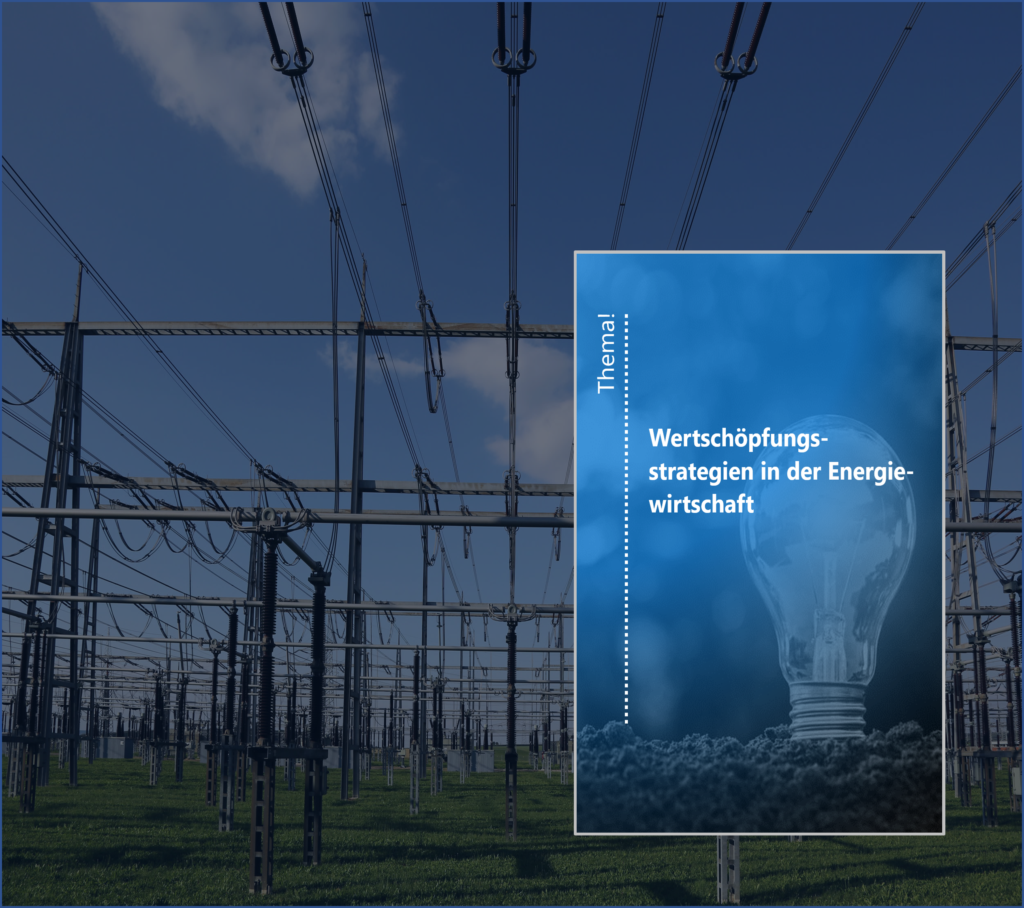
Optimization of the depth of production in asset-intensive companies, e.g. maintenance
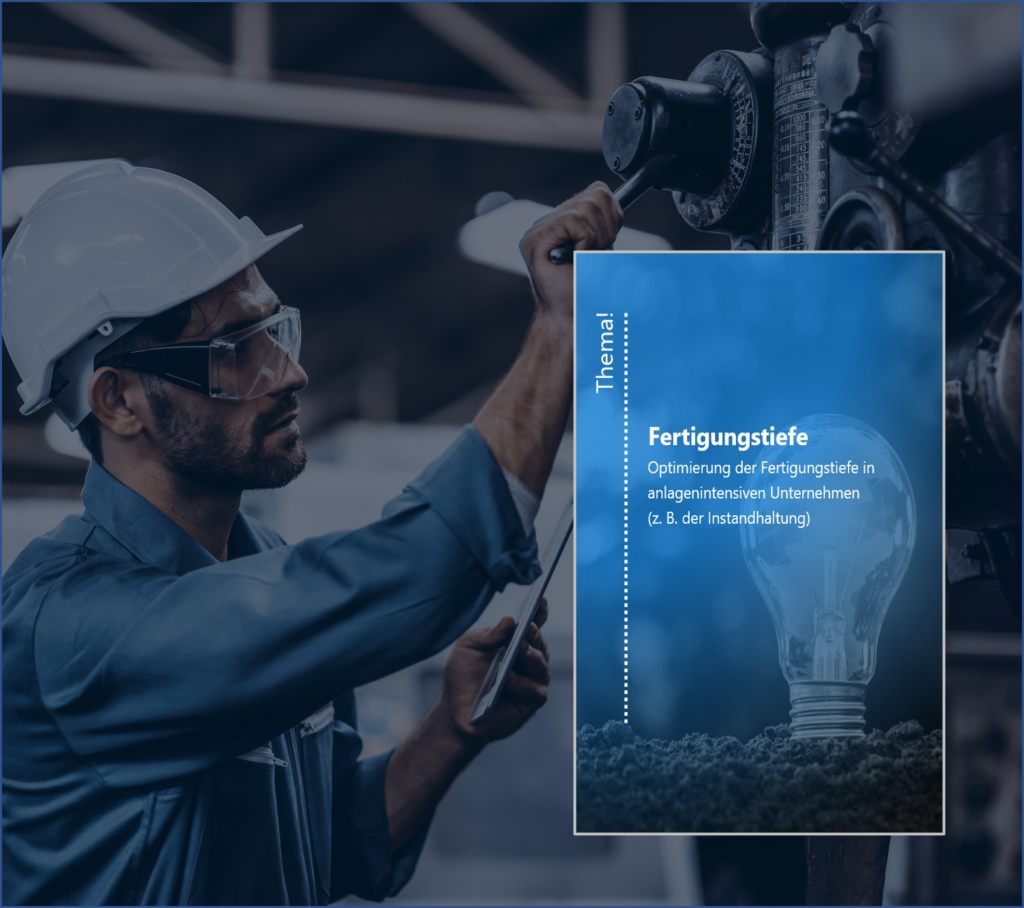
Plant condition report: Transparency on plant condition and funding requirements
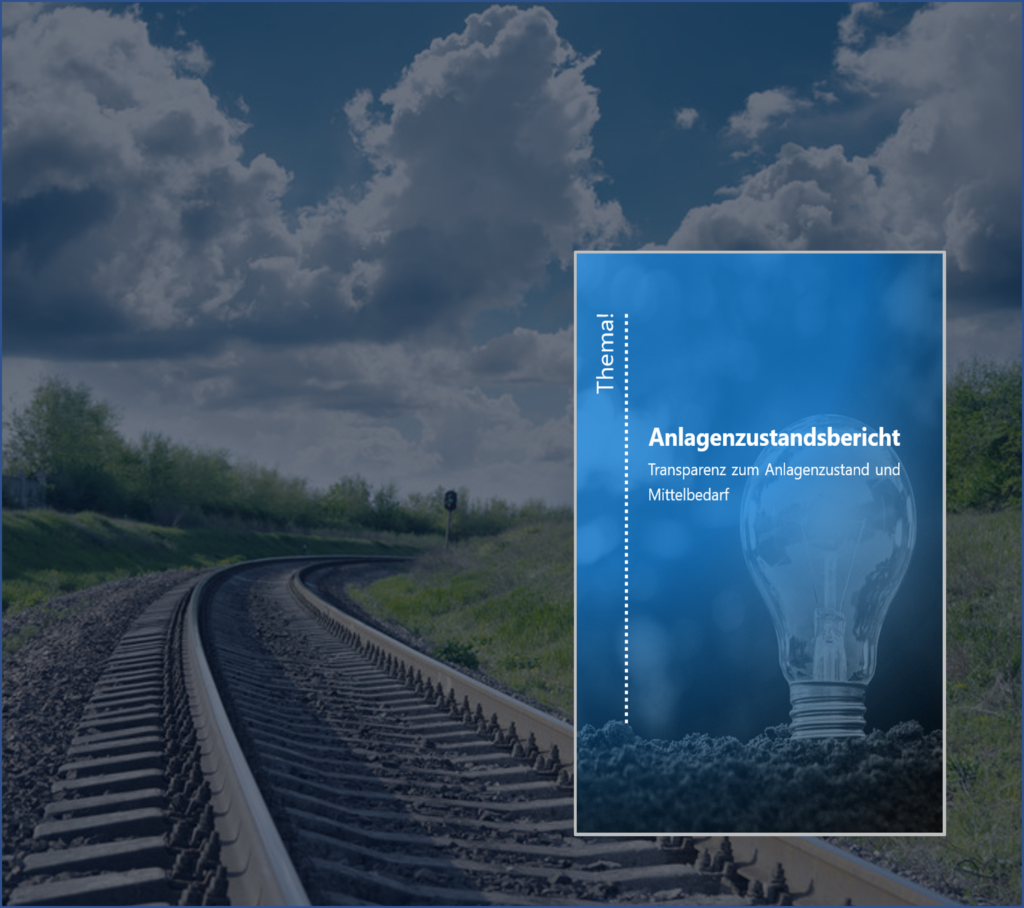
Increasing the effectiveness and efficiency of asset management through industrialization
